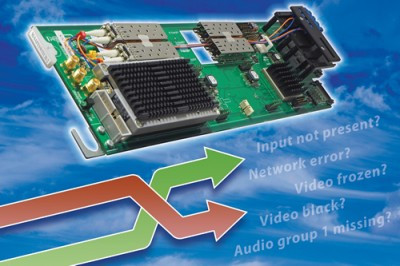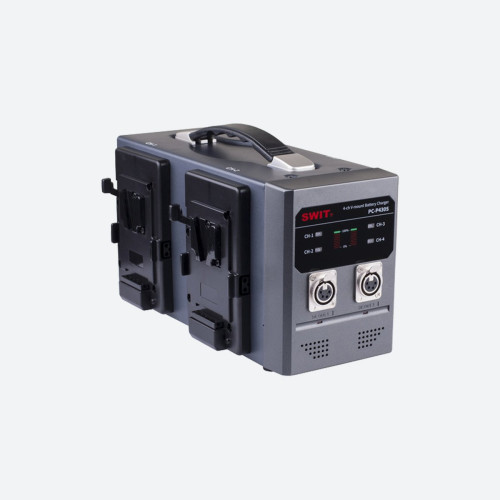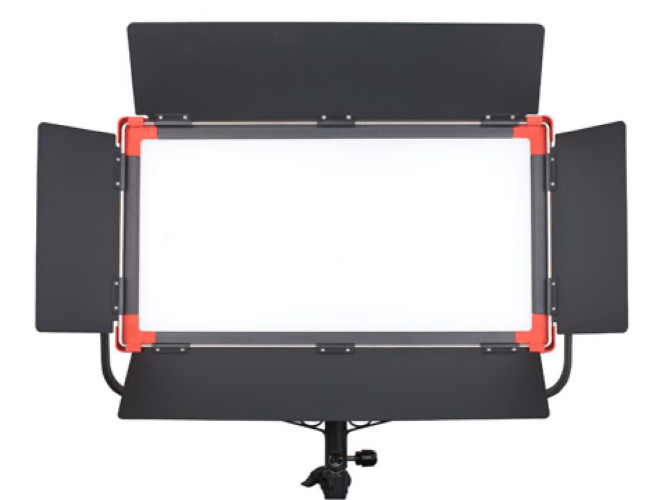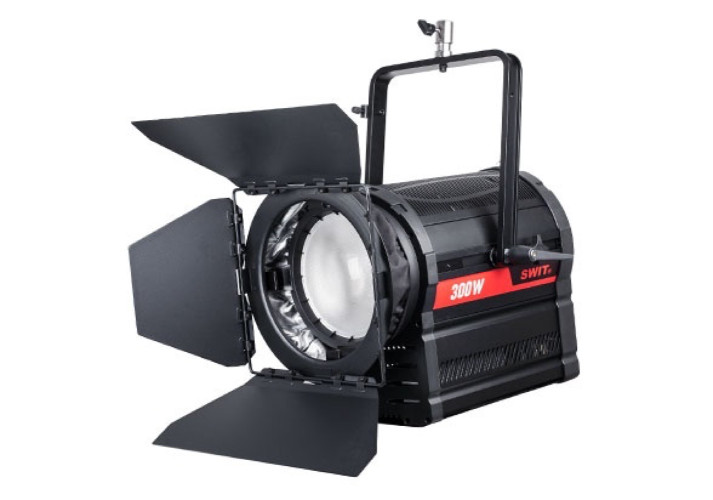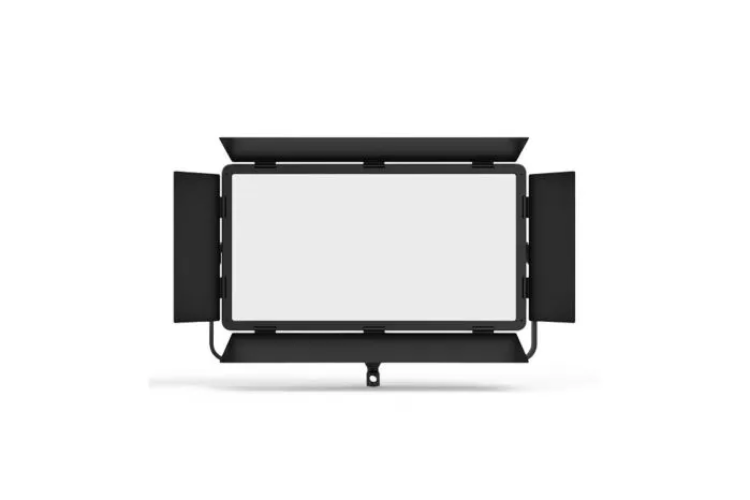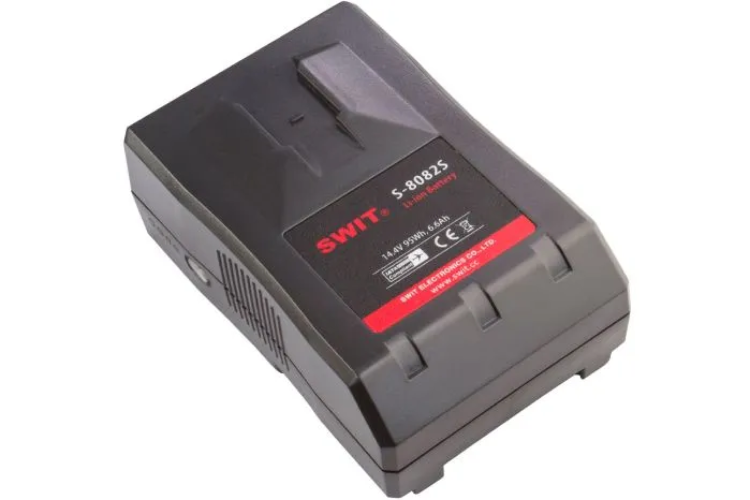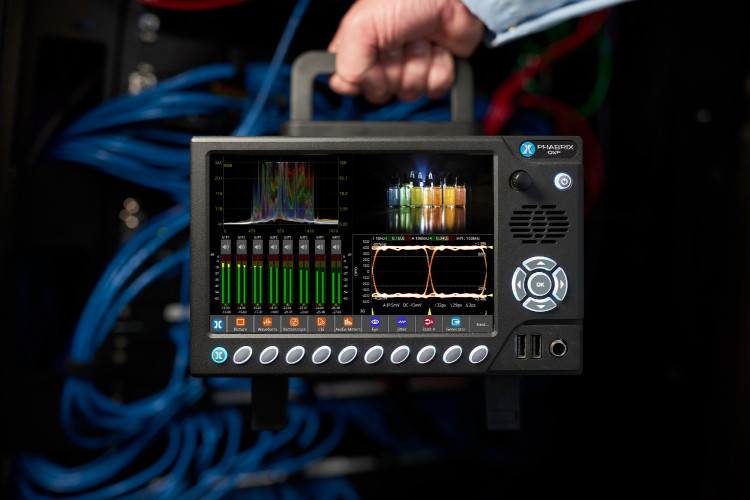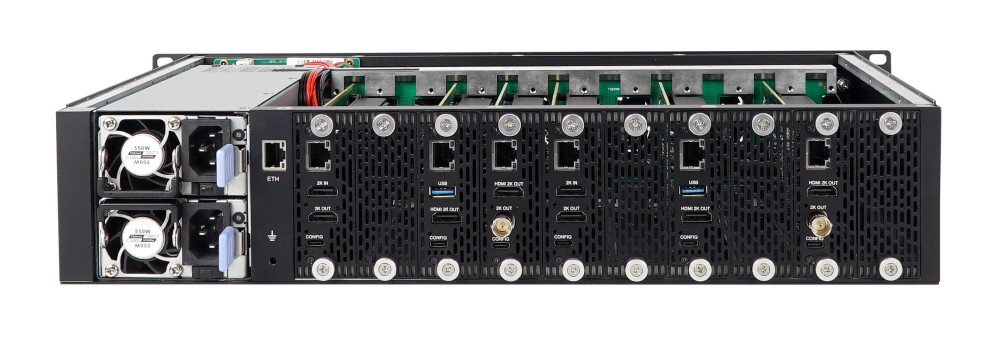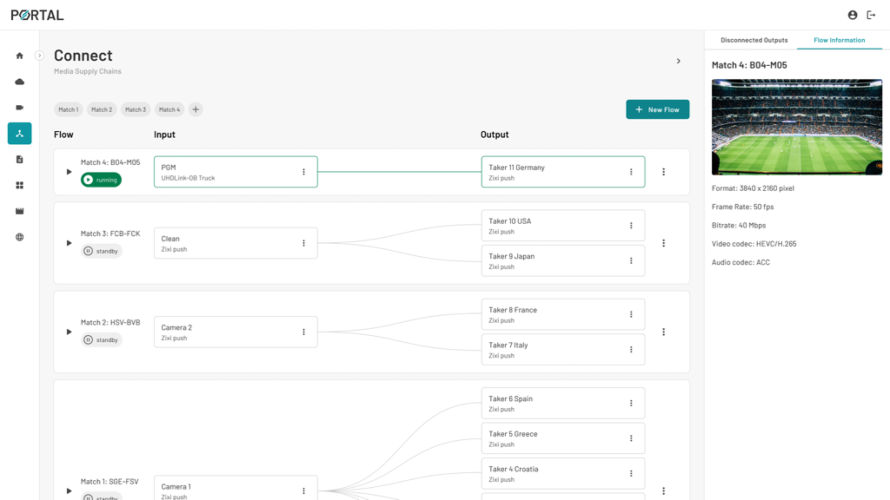The M-SAFESWITCH-2 has been designed to keep broadcasters on air, whether they are working in IP or SDI or a mixture of both. With its two independent 2 x 1 switches, the M-SAFESWITCH-2 is Crystal Vision's first dual channel routing switch and helps broadcasters save money by being 37% cheaper per channel than the company's original fail-safe switch. Supporting the SMPTE ST 2022 and ST 2110 IP protocols as well as SDI, it is ideal for planned maintenance switches to manually re-route a good signal around broken equipment, or for use as a very sophisticated auto changeover switch with the option of selecting from ten different fault conditions to automatically trigger the switch. The M-SAFESWITCH-2 is a clean switch and will ensure there is no disruption to the output picture when a switch takes place, using its framestore synchronisers plus the ability to delay the earliest arriving input by up to ten frames to correct any timing differences between the inputs. The M-SAFESWITCH-2 is a software app that runs on the MARBLE-V1 media processor hardware, a card which features a powerful CPU/GPU processor and both SDI and 10GbE IP network interface connections and which is housed in the Vision frame.
The M-SAFESWITCH-2 can be switched either manually or automatically. In non-emergency situations it can be used to manually switch to backup when equipment in the chain needs fixing or updating. When used as a fail-safe switch, ten fault conditions can be selected to automatically trigger a switch: input missing, input video standard incorrect, active video black, active video frozen, video error, network error, audio group 1 missing, audio group 2 missing, audio group 3 missing and audio group 4 missing. Different parameters can be chosen for each switch. After switching away from a faulty input, the M-SAFESWITCH-2 can be set to switch back automatically or by user intervention. Helpful status monitoring will indicate which errors are present for each flow, allowing them to be fixed before switching back.
With its ability to guarantee a clean switch, the M-SAFESWITCH-2 is ideal for use on the final output stage of a transmission system. Typically the backup signal going into the switch will have gone a simplified route compared to the main programme and therefore arrive several frames earlier than the main input, which can upset the MPEG encoder on a switch to backup. With a framestore synchroniser on each flow plus the ability to delay the earliest arriving input by up to ten frames, the M-SAFESWITCH-2 can correct for any timing difference between the two inputs – resulting in no disruption to the output picture when a switch takes place. Further protection to help broadcasters ensure continuity of service comes from the user-defined timing source priority for redundancy, with the option of selecting from the two analogue references on the Vision 3 frame as well as PTP master and backup signals. Should the main syncs become invalid, it will automatically switch to the specified backup syncs.
The M-SAFESWITCH-2's support for multiple signal formats gives the easiest possible SDI to IP upgrade, while also making it perfect for mixed SDI and IP installations as well as fully IP or fully SDI environments. The M-SAFESWITCH-2's gateway functionality is ideal for hybrid systems – such as when the input sources are SDI and the protected output is IP for transmission encoding or for transport over distances. The M-SAFESWITCH-2's IP to IP translation functionality can be used for network address translation, protocol conversion between any of the input and output formats, unicast to multicast address conversion and the creation of media firewalls. It can be configured for ST 2022-7 redundant streaming or the protect equivalent for ST 2110, while the IP flows can be separated and protected across up to four bi-directional 10GbE SFP+ network interfaces. It includes output traffic shaping and is tolerant of any input packet distribution.
Explained Crystal Vision's Managing Director, Philip Scofield: “The M-SAFESWITCH-2 app is the latest in a growing range of video and audio apps for the MARBLE-V1 media processor that help IP installations have the features broadcasters need, while gaining the advantages of using an IT infrastructure.”
Comprehensive SDI, IP and PTP monitoring information is available and can be used to generate SNMP traps, while 13 built-in test patterns can help with fault finding. The flexible control options include the integrated control panel on the Vision 3 frame, the VisionPanel remote control panel or SBB-4 smart button box, the VisionWeb Control web browser software, complimentary SNMP or Crystal Vision's JSON and ASCII protocols – while 16 time-saving presets can be assigned and recalled.
The M-SAFESWITCH-2 software app is available to buy now.
Based at Whittlesford near Cambridge in the UK and providing a full range of interface and keyers, Crystal Vision helps people transition through a range of technologies – from SD to HD and from HD to IP.



